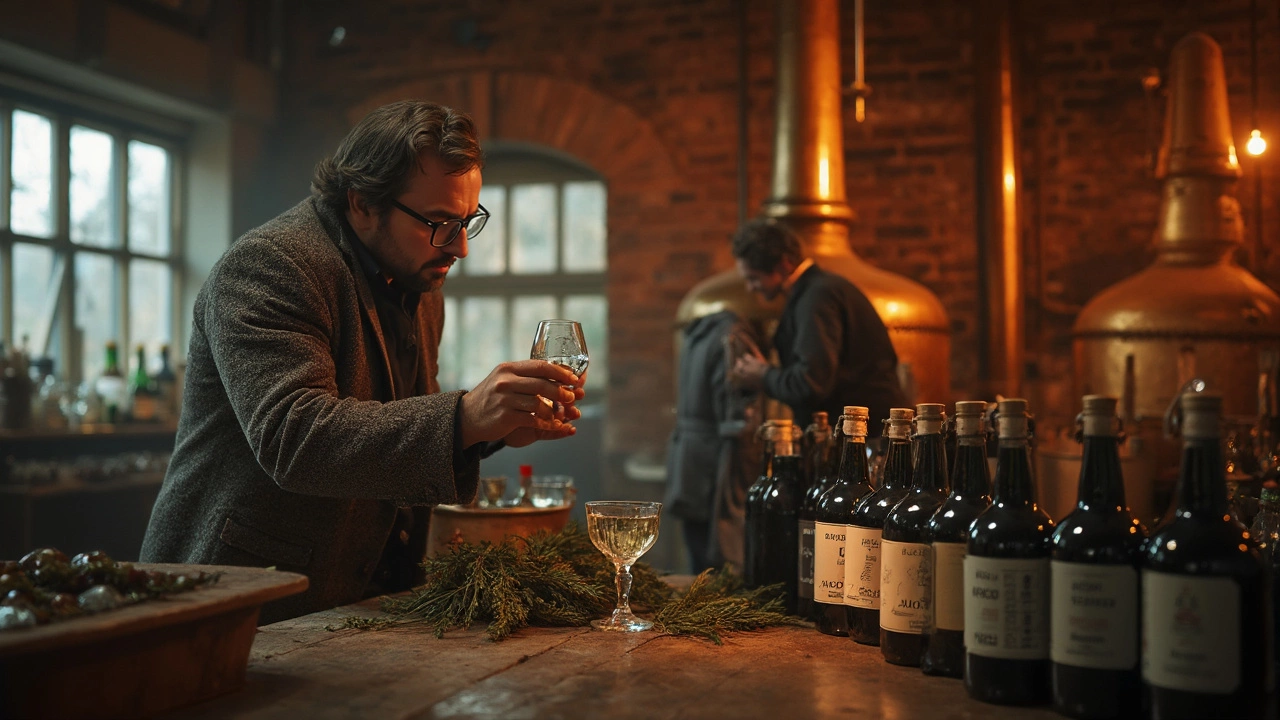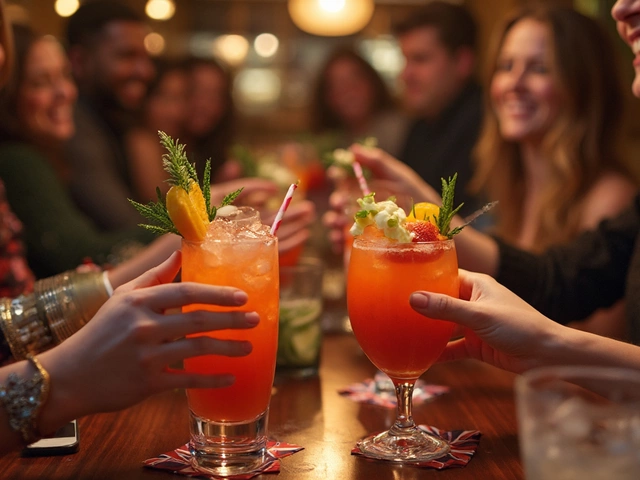Gin Facts: Quick, Surprising Truths About the Spirit You Love
If you reach for a G&T or a classic martini, you’re already part of a long, fragrant story. Gin isn’t just another liquor – it’s a blend of history, science, and tasty botanicals that make each sip unique. Below are the most useful bits you need to know, whether you’re a casual sipper or a home bartender.
What Makes Gin Different?
At its core, gin is a neutral spirit flavored with juniper berries. That’s the legal definition in most countries: the dominant flavor must be juniper, and the spirit must be distilled to at least 40% ABV. The neutral base can come from grain, sugar beet, or even potatoes, but the magic happens when distillers add botanicals.
Juniper isn’t the only herb in the mix. Typical additions include coriander seed, angelica root, citrus peels, orris root, and sometimes exotic spices like cardamom or cinnamon. Each distillery creates its own recipe, which is why one gin can taste crisp and citrusy while another feels earthy and floral.
There are two main production methods. The traditional “pot still” method redistills the neutral spirit with botanicals, giving a richer, heavier flavor. The newer “vacuum‑distilled” or “cold‑infused” approaches add aromatics after the spirit is already clean, preserving delicate notes like lavender or cucumber.
Gin’s alcohol level usually sits between 37% and 47% ABV, but you’ll also find cask‑aged gins that mimic whiskey’s amber hue and deeper palate. These are aged in oak barrels for months, picking up vanilla, caramel, and tannin flavors that make them perfect for sipping neat.
Fun Gin Trivia You’ll Impress Friends With
Did you know gin’s roots trace back to the 17th‑century Dutch “jenever”? Dutch soldiers called it “Dutch courage” during the Thirty Years’ War, and the British adopted it after the Battle of Waterloo, tweaking the recipe to suit their taste.
In the 1800s, gin became the world’s most popular spirit thanks to the infamous “Gin Craze” in England. Cheap, strong, and widely available, it was the go‑to drink for the working class. The later “Gin Renaissance” of the 2000s reversed that image, turning gin into a premium, craft‑driven market.
A quirky fact: botanicals are often placed in a tray above the still, allowing the vapor to pass through them during distillation. This “vapor infusion” technique means the spirit extracts aromatic oils without direct contact, resulting in a cleaner flavor profile.
When you order a classic Gin & Tonic, you’re actually getting a centuries‑old health hack. British officers in India mixed quinine‑laden tonic water with gin to make the bitter medicine more drinkable, and the practice stuck.
Lastly, gin is the most versatile base for cocktails. From a simple G&T to a complex Negroni, the spirit’s botanical backbone balances sweet, sour, and bitter elements. Want to experiment? Try a gin‑based “French 75” with champagne for a festive twist, or a “Cucumber Collins” for a refreshing garden vibe.
So next time you pour a gin cocktail, think about the botanicals swirling in the glass, the centuries of history behind the juniper, and the creative possibilities that still await. Whether you’re mixing a Hendricks vs Bombay showdown or just enjoying a quiet night with a good gin, these facts will make every sip a little richer.
Ever wondered how strong gin can actually get? This article digs into what counts as 'strongest gin,' how alcohol strength matters, and which bottles are at the top for high proof. You'll get facts about fascinating distilleries making these powerful spirits, tips for safely tasting strong gin, and practical advice for your next distillery visit. Perfect for gin lovers who like their drinks bold and aren't afraid to seek out record-breakers.
View Details

